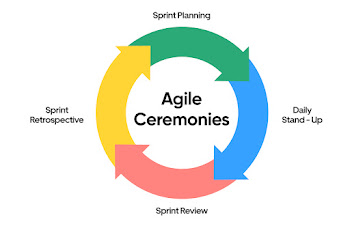What are the drawbacks of Waterfall methodology?
Waterfall methodology is a linear design process, originating in software development processes. The waterfall development method originates in the manufacturing and construction industries. This model consider as a sequential model that divides software development into pre-defined phases. Each phases must be completed before the next phase can begin with no overlap between the phases. Each phases is designed for performing specific activity during the SDLC phase. It was introduced in 1970 by Winston Royce.
Lack of Flexibility:
The Waterfall model is a linear sequential design process, meaning that you have to complete one phase before moving on to the next phase. This process is highly structured and regimented in a way that does not allow for much flexibility.
All phases of the project need to be completed before you can move on to testing. As a result, if your clients decides to add or modify something late in the process, it may require going back through all previous phases - which could be costly.
Limited User Feedback:
Waterfall methodology traditionally pushes user feedback to later stages of development. This means users may not have a say in the product until it's nearing completion, potentially leading to a final product that doesn't meet their needs.
High Risk of Project Failure:
Due to the limited opportunity for course correction and feedback loops, there's a higher risk of discovering critical issues late in the development cycle. This can lead to project delays, budget overruns, and a final product that doesn't meet expectations.
Not Ideal for Complex Projects:
For complex projects with evolving requirements, Waterfall's rigidity can be a major drawback. It's less suited for situations where there's a high degree of uncertainty about the final product.
Demotivation for Developers:
The limitations on feedback and the linear nature of Waterfall can lead to developer demotivation. They may feel less invested in the final product if they haven't had opportunities to see it evolve and incorporate user feedback.




Comments
Post a Comment